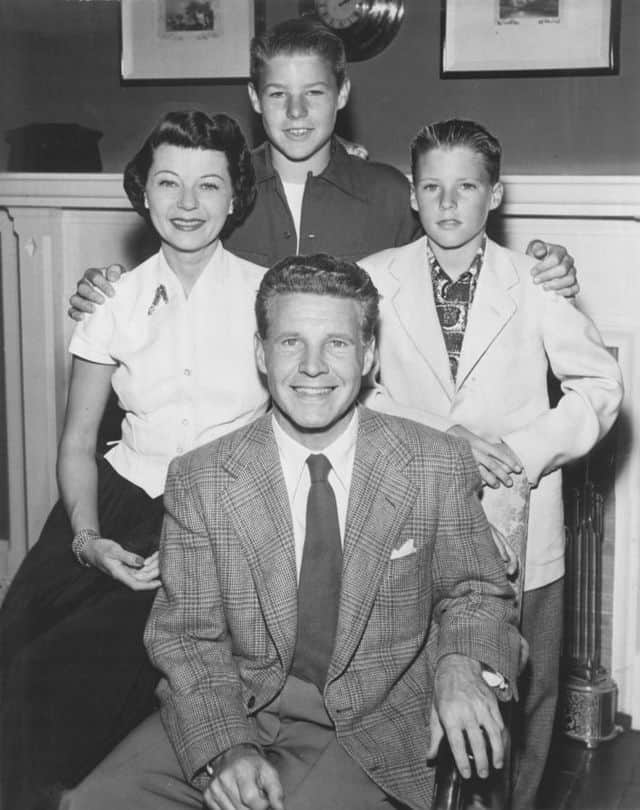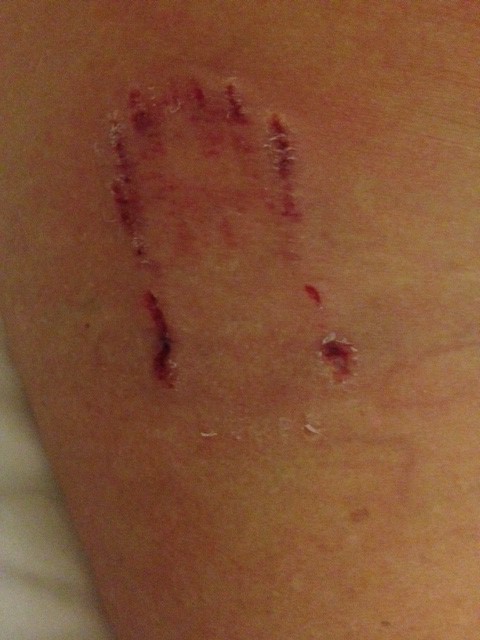Why do so many addicts suffer from post traumatic stress disorder (PTSD)?
Post traumatic stress disorder has become more common in recent years. PTSD, as it’s commonly known, causes a disproportionate response to a real time event due to the brain’s mismanagement of a past event (or events). And, addiction has often developed in an attempt to manage the trauma response.
It’s a vicious cycle.
[responsive_video type=’youtube’ hide_related=’1′ hide_logo=’1′ hide_controls=’0′ hide_title=’1′ hide_fullscreen=’0′ autoplay=’0′]https://www.youtube.com/watch?v=q25lg3PtrLY&feature=youtu.be[/responsive_video]
We think of Big T traumas with war veterans, rape victims, major accident survivors…for example those who witnessed 9/11 in New York. While Big T traumas are easily identified, it’s the Little t traumas that often go undiagnosed or treated.
This is really important to understand because a lot of people think, “I wasn’t raped. I wasn’t beaten. I didn’t survive a horrible car accident. I didn’t see my best friend get shot in the war. I don’t believe I have PTSD.”
Since we know that most people with addiction are trauma survivors and clearly show signs of post traumatic stress disorder, it’s clear that there is a link between the addiction or addictive behavior and the need to medicate. The addiction is used as a coping mechanism. Understanding Big Ts and Little ts, big traumas and little traumas, is really important so that you don’t minimize the underlying cause or the value that the addictive behavior or substance provided.
It’s not difficult to identify a Big T and there is typically an outpouring of support for someone that has been through a traumatic experience of the Big T variety. The same can not be said of Little ts.
The Little ts are much more common and, yet, much more difficult to put your finger on. A Little t might be experienced as living in a household where the parents were both present but didn’t really get along. They may not have fought openly (verbally or physically) but there was a lot of passive aggressive tension in the air.
Or, maybe a person was bullied at school…not ever physically beaten up but certainly not treated with respect. Regularly harassed and made to feel like they didn’t belong.
 Another tricky example is the overindulgent mother. The home environment may have felt like a scene from Ozzie and Harriet.
Another tricky example is the overindulgent mother. The home environment may have felt like a scene from Ozzie and Harriet.
The Adventures of Ozzie and Harriet premiered on ABC on October 10, 1952, staying until September 3, 1966; in 1962, it became the first prime-time scripted series on American television to reach the 10-year milestone. The series focused mainly on the Nelson family at home, dealing with everyday problems. As the series progressed and the boys grew up, story-lines involving various characters were introduced. Many of the series story lines were taken from the Nelsons’ real life. via Credits
Not an obviously challenging upbringing. But, the overindulgence may have been the result of the mother living vicariously through their child.
Any of these scenarios (and countless others) may have served to develop a trauma. A person with PTSD does not develop and maintain healthy relationships with other humans.
As the brain is developing, the trauma supports a distorted view of who you are and how best to navigate through life. Addiction or some compulsive behavior, some coping mechanism, softens the blow of dealing with these feelings of shame and inadequacy.
It’s a fascinating study.
It’s also important to understand that each individual will react to the traumatic situation differently. Some people are just more resilient than others.
For example, let’s take two five-year olds from different parents. Both sets of parents die in a car crash. Let’s also assume they had what would be thought of even in the treatment world as a totally healthy upbringing to the age of five. These five-year old children are sole survivors in their respective families.
One child is quickly brought to live with their grandparents, has a lot of extended family around, and develops good, healthy relationships. The grandparents readily talk about the parents and the accident and help the child (and themselves) work through the grief and the healing process. This child might develop just fine and have very healthy relationships and attachments with other people.
 Let’s take another five-year old that was brought to live with the grandparents. Again, it’s a very similar situation. The grandparents are good caregivers. There are other family members around. But, in this family the grandparents were so grief-stricken that they could not even talk about the parents without totally shutting down. There was no emotional availability. The other family members were dysfunctional and nobody was willing to address the elephant in the room. This child is not likely to develop healthy human relationships and will certainly struggle more.
Let’s take another five-year old that was brought to live with the grandparents. Again, it’s a very similar situation. The grandparents are good caregivers. There are other family members around. But, in this family the grandparents were so grief-stricken that they could not even talk about the parents without totally shutting down. There was no emotional availability. The other family members were dysfunctional and nobody was willing to address the elephant in the room. This child is not likely to develop healthy human relationships and will certainly struggle more.
So, the same situation, the same five-year old that is brought to live with family but the environment is completely different.
The same thing can happen with adoption. Some kids are extremely resilient. They are adopted into a good environment and develop fine emotionally. Others don’t have such a great experience.
There’s the environmental impact that is coupled with the individual make-up or personality. If the individual person has more resilience, they may be able to overcome an unhealthy environment more easily than another person.
There are countless factors at work with post traumatic stress disorder. And, how the experience may or may not fuel addiction. No two people are the same. No two experiences are identical.
I experienced trauma first-hand recently. Let me share a bit of my story.
To enjoy some unseasonably delightful cooler summer weather, we went out for a walk in the neighborhood. Sometimes I’m alone but this time I was chatting away with my husband. There was a dog barking as we took our usual path but I wasn’t concerned. Not only was I conditioned to trust their invisible fence but the owner was in the yard with the dog…talking on his cell phone.
In a surreal few seconds, the dog realized that she was not being held back by the fence. The owner had taken off the device that registered with the fence replacing it with a normal collar and leash preparing for their own walk around the neighborhood. He was distracted by his phone conversation and wasn’t holding the leash.
 The dog tested her boundary a couple of times and then lunged at me. She sank her teeth into my leg drawing blood. The owner reacted quickly and pulled her back into their own yard apologizing but insisting that he couldn’t understand why she would have attacked me.
The dog tested her boundary a couple of times and then lunged at me. She sank her teeth into my leg drawing blood. The owner reacted quickly and pulled her back into their own yard apologizing but insisting that he couldn’t understand why she would have attacked me.
I experience PTSD every time I see a big dog…especially a doberman.
Even if two people use addiction to deal with their trauma or PTSD, the way they use their addiction will not be the same. Addiction is a uniquely personal experience.
That’s why we say that addiction recovery must be an individual job. We can provide guideance. We can act as a mentor. There are a lot of things you can learn from people who have already navigated the path.
In the end, the addict must develop an approach and a program to heal from addiction. They’re the only one who really understands how it works for them.
